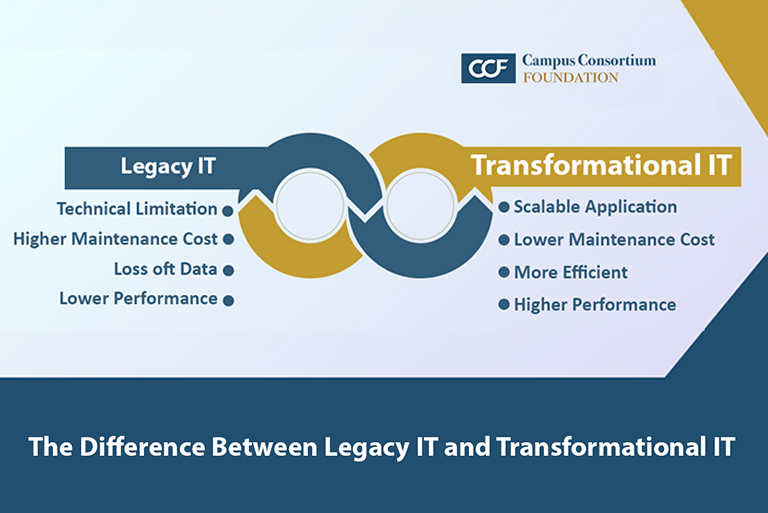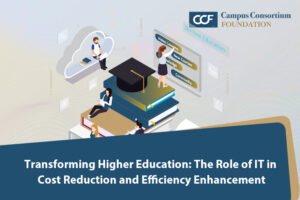It’s time to rethink the value of IT.
The struggle is real.
The education sector struggles with acquiring resources, navigating vulnerabilities, and managing risk, all of which can contribute to inadequate student service. A contributing factor is education’s legacy IT infrastructure and service model, which includes in-house management of all aspects of IT, from staff to systems. The time, expense, and risk associated with hiring IT staff, managing on-premise data centers, and complying with government and financial requirements is a growing financial and operational burden. This decades-old approach is not sustainable due to expense, lack of expertise, diminishing resources, and increasing compliance requirements. Add to this increasing dependency on technology for all aspects of education, from teaching and learning to remote work.
Technology’s Value Proposition
Educational institutions are like small cities that cater to students, and the president is the mayor trying to accomplish a vast array of critical responsibilities. Because technology impacts the social, business, and personal aspects of everyone’s life, student and employee expectations are vastly different than in the past. As students, faculty, and staff increasingly depend on IT, education leaders must rethink technology’s value proposition and include IT in all aspects of institutional strategy.
Download our free Education Technology Report on " Legacy IT is not Sustainable: Transformational IT is Future "
Genuine Transformation
Educational institutions to provide a high-quality education experience today. A review and transformation plan of the IT function is a good start to help education leaders fully understand how optimizing IT can promote and advance the institution. This evaluation does not necessarily mean a wholesale outsourcing of a strategic function but a thoughtful reorganization balancing managed services and internal leadership. Once implemented, an optimized IT function will provide efficiency, lower risk, and growth.




